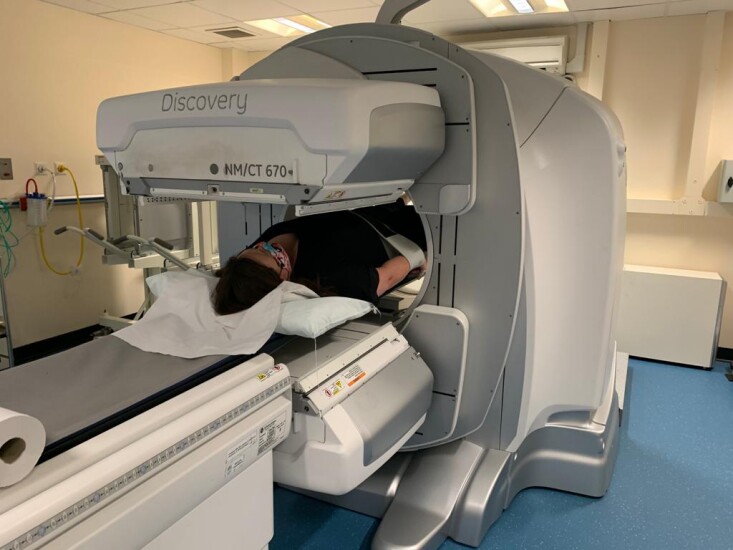29th July 2020 Scans

A secondary breast cancer diagnosis is life changing. Over the past months, we’ve heard from members of the Make 2nds Count Community who have told us about their journey and explained how much of a learning curve they’ve been on.
The sad reality is that few people are aware of secondary breast cancer, how it impacts the body and how it is treated. We’d like to build a resource for newly diagnosed patients to help them learn about the range of scans and treatments available - starting with MRI Scans today.
Magnetic resonance imaging (MRI) is a type of scan that uses strong magnetic fields and radio waves to produce detailed images of the inside of the body.
Unlike some other scans, an MRI can be used to generate an image of almost any part of the body from the brain or spinal cord to breasts, bones and joints.
For secondary patients, an MRI may be used to see where cancer is present or where it has spread to.
Patients going for an MRI are moved inside the scanner either feet or head first depending on which part of the body is being scanned.
A radiographer will control the scanner using a computer and will carry out the necessary image inspections. You'll be able to talk to the radiographer through an intercom and they'll be able to see you on a television monitor throughout the scan.
The body is made up of of water molecules, which consist of hydrogen and oxygen atoms. Each atom contains protons. When you lie under the powerful scanner magnets, the protons in your body line up in the same direction. Short bursts of radio waves are then sent to certain areas of the body, knocking the protons out of alignment. As the protons re-align they send out a signal that is picked up by the scanner, building up a picture of your body.
An MRI scan is a very safe procedure carried out by an experienced radiographer. It is totally painless and although it may look daunting and a bit claustrophobic, most people find them a relatively comfortable experience.